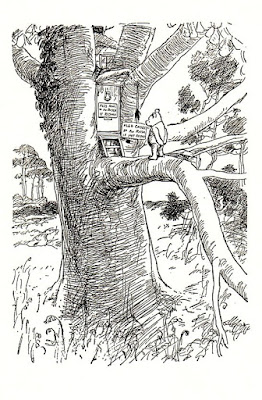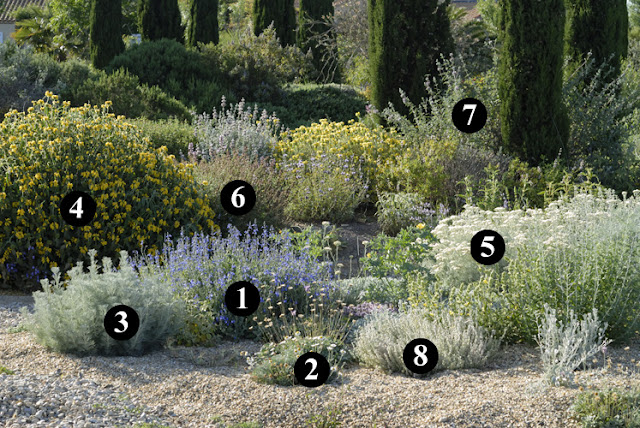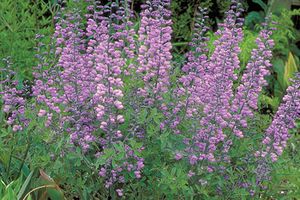Trees of Peace
"...Years ago I heard somebody say that all our political and diplomatic conferences ought to be moved out of smoke-filled rooms and held underneath trees..."
- Clyde S. Kilby, page 159 of “The Lost Myth”, Arts in Society, Vol. 6, 1969.
from justfocus in New Zealand
Imagine if the United Nations met under trees? I imagine their discussions might be a little more fruitful...
Trees are a wonderful mediating influence in our lives.
If a child misbehaves, instead of sending them into a corner have them go outside and sit at the base of a tree...or better yet - in its limbs!
Tell him or her to talk to the tree and listen to its guidance...the children would know exactly what you mean (up until about age 9). No tree out there? ah! now is to the time to plant one.
Great Elm of Pennsylvania (actually, Great Elm Tree of Shackamaxon)
In 1682, along the banks of the Delaware River, under the shade of a great elm tree, William Penn made a Treaty of Friendship with the Native Americans which led to the founding of Pennsylvania.
William Penn's Treaty with the Indians became a universal symbol of religious and civil liberties. Voltaire made reference to the event in 1764 and artists thoughout Europe recreated the scene first painted by Benjamin West in 1771. Edward Hicks (Peaceable Kingdom) created numerous depictions of the treaty meeting to promote social change.
The "Great Elm" as it was known, remained as a living monument to this event until it fell during a violent storm in 1810. You can still visit Penn Treaty Park. http://www.penntreatypark.org/.
The descendent of that Tree is still there, now called Penn Treaty Park. It is the original scion of the great grandfather that still blooms in Haverford, Pa. (Haverford College.) More interesting info and pictures can be seen here: Treaty Elm Tree
Treaty Oak (Quercus virginiana)
Treaty Oak in 1970's from Mr G's photos in Picasa
Tejas, Apache and Comanche tribes revered these trees. It was here that Stephen F. Austin closed the first boundary line pact with the Indians.
The Austin "treaty oak" is the last survivor of these council oaks and is almost 600 years old

In 1927 the American Forestry Association proclaimed the Treaty Oak to be "The most perfect specimen of a North American tree" but today it is a shadow of its former self. In 1989 a vandal poured a large amount of herbicide on the ancient oak.
The tree went into shock but Ross Perot financed the rescue of this landmark tree - three and a half feet of contaminated topsoil around the tree were removed and replaced, tall shading screens were erected and spring water was misted onto the leaves every half hour. The Treaty Oak survived but lost many limbs.
They made many products from the fallen branches of the treaty oak - the most popular item for sale seems to be the 'treaty oak gavel' - for use by the judiciary - how fitting!
Eastern White Pine
Did you know that the native Eastern White Pine of the Northern U.S. was, in a sense, an inspiration for our Constitution? The Tree of Peace, the White Pine, was part of the great legacy the Iroquois people gave to our founding fathers.
About 1000 years ago the tribes of what is now the Northern U.S. were mired in violent bloody feuds. According to the Native American legend, the Creator sent a spiritual teacher, a Peacemaker, who appeared in the Finger Lakes region of New York to show the way to establish a higher order of human relations.
He called all warring people together and said there must be a concerted effort by all for peace to prevail and through his Great Law and spiritual inspiration, he convinced the warriors of the five warring tribes to form a confederacy, a league of tribes.The Peacemaker called for all warriors of all tribes to bury their weapons and then planted atop them a sacred Tree of Peace, a White Pine.
He proclaimed, "If any man or nation shows a desire to obey the Law of the Great Peace, they may trace the roots to their source, and be welcomed to take shelter beneath the Tree."











